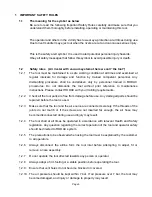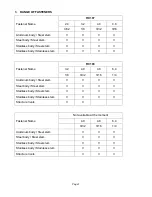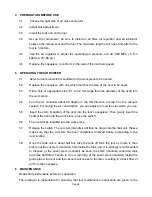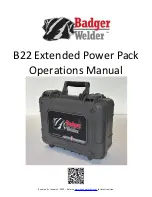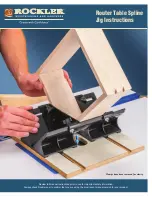
Page 4
1.2.11 Do not operate the tool if it is not fitted with a complete nose assembly.
1.2.12 Care shall be taken to ensure that spent stems are not allowed to create a hazard.
1.2.13 The stem collector must be emptied before use. When half full, it must be emptied
immediately.
1.2.14 We recommend wearing gloves if there are sharp edges or corners during the
application.
1.2.15 When carrying the tool from place to place, keep hands away from the trigger to avoid
inadvertent start up.
1.2.16 Excessive contact with hydraulic fluid oil should be avoided. To minimize the possibility
of rashes, care should be taken to wash thoroughly.
1.2.17 Never looking into the nosepiece of the tool, and never point the nosepiece toward
other persons. If the tool is used while the rivet stems are still inside the tool not being
ejected, these stems may be ejected from the tool’s nosepiece during use and cause
serious injury.
1.2.18 Turn off the air supply before disconnecting the tool from the air source. Because the
compressed air may cause the air hose to whip around and injury may result.
1.2.19 If using in elevated locations, use a safety harness, and take care to avoid dropping
rivets or the tool itself.



